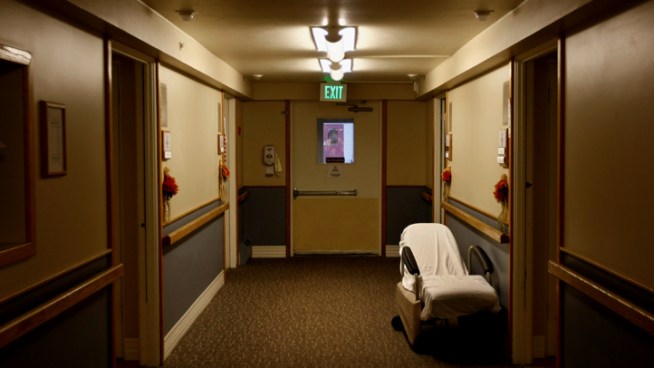 Sadly, one of the most prominent non-profit hospices in the country declared bankruptcy yesterday. The San Diego Hospice continues to provide services under Chapter 11 of the bankruptcy laws but has had to dramatically cut back on the number of patients it accepts into care. This illustrates the impact of growing competition in the marketplace for hospice care, which was once provided only by volunteer organizations and non-profits. The for-profits, which are better financed usually due to a broader income base, are slowly but surely dominating the marketplace.
Sadly, one of the most prominent non-profit hospices in the country declared bankruptcy yesterday. The San Diego Hospice continues to provide services under Chapter 11 of the bankruptcy laws but has had to dramatically cut back on the number of patients it accepts into care. This illustrates the impact of growing competition in the marketplace for hospice care, which was once provided only by volunteer organizations and non-profits. The for-profits, which are better financed usually due to a broader income base, are slowly but surely dominating the marketplace.
http://www.nbcsandiego.com/news/local/SD-Hospice-Files-for-Bankruptcy-189751131.html
Excerpt from above link:
 San Diego Hospice has filed for Chapter 11 bankruptcy, according to a statement from the organization's CEO.
San Diego Hospice has filed for Chapter 11 bankruptcy, according to a statement from the organization's CEO.
"Our decision to take this course follows many months of financial and other challenges," said Kathleen Pacurar, CEO of the troubled non-profit.
The end-of-life care service, which faces growing medical costs and a federal audit, announced it will continue operations while it reorganizes assets and "explores" structural options. This will take up to 90 days, Pacurar said.
According to the Chapter 11 filing, the organization's creditors include Wells Fargo Bank, which the organization owes $4 million, and Price Charities.
Among the critical challenges now facing San Diego Hospice includes a rapidly decreasing number of patients. Pacurar said that number has decreased 50 percent in just three months.
Source: http://www.nbcsandiego.com/news/local/SD-Hospice-Files-for-Bankruptcy-189751131.html#ixzz2K2x2BVFM
http://www.utsandiego.com/news/2013/feb/04/hospice-files-for-bankruptcy/?page=1#article-copy
Excerpt from above link:
Robert Seidman, a health economics professor at San Diego State University, noted that the entry of a major player like Scripps makes it all the more difficult for San Diego Hospice to exit bankruptcy.
“If you have more people competing for your customers, then, potentially anyway, that would appear to set the stage for a more difficult time maintaining your customer base,” Seidman said.
He said correcting financial problems in bankruptcy is only one part of the road to health for San Diego Hospice.
“Once you’ve made those financial changes, it’s not like people will immediately flood back. I think it’s going to be difficult for San Diego Hospice,” Seidman said.
Greg Schneider
HCF Creator
Founder, President, HVA

Replies
To all of my friends in "for-profit" hospices:
I received some feedback that this information was making for-profits out to be the "bad guys." That is not my intention, it was simply making the statement that competition is increasing, non-profits are dying and regulatory pressures are changing hospice care. There is a growing consensus that these changes are to the detriment of patient care. This is what it is and no one will be able to change it. However, I am told by professionals in the hospice field that there are people creating and/or participating in new volunteer organizations that are attempting to bring the level of intimate/compassionate care back to what use to exist in the days of volunteer hospice.
This is not a reflection on those who provide care to patients in the industry today. Those professionals must do so within the constraints they are given. They do their best to provide loving, compassionate care within those constraints. The biggest constraint, which is a complaint by professionals throughout the healthcare industry, is that they don't have enough time to spend with their patients.
One of the benefits of hospice volunteer programs is that volunteers do not have to conform to some of these constraints, especially time, and can still provide support in ways that they always have with the exception of liability fears that constrain certain aspects of what a volunteer can do these days.
Greg Schneider
HCF Creator
HVA Founder, President